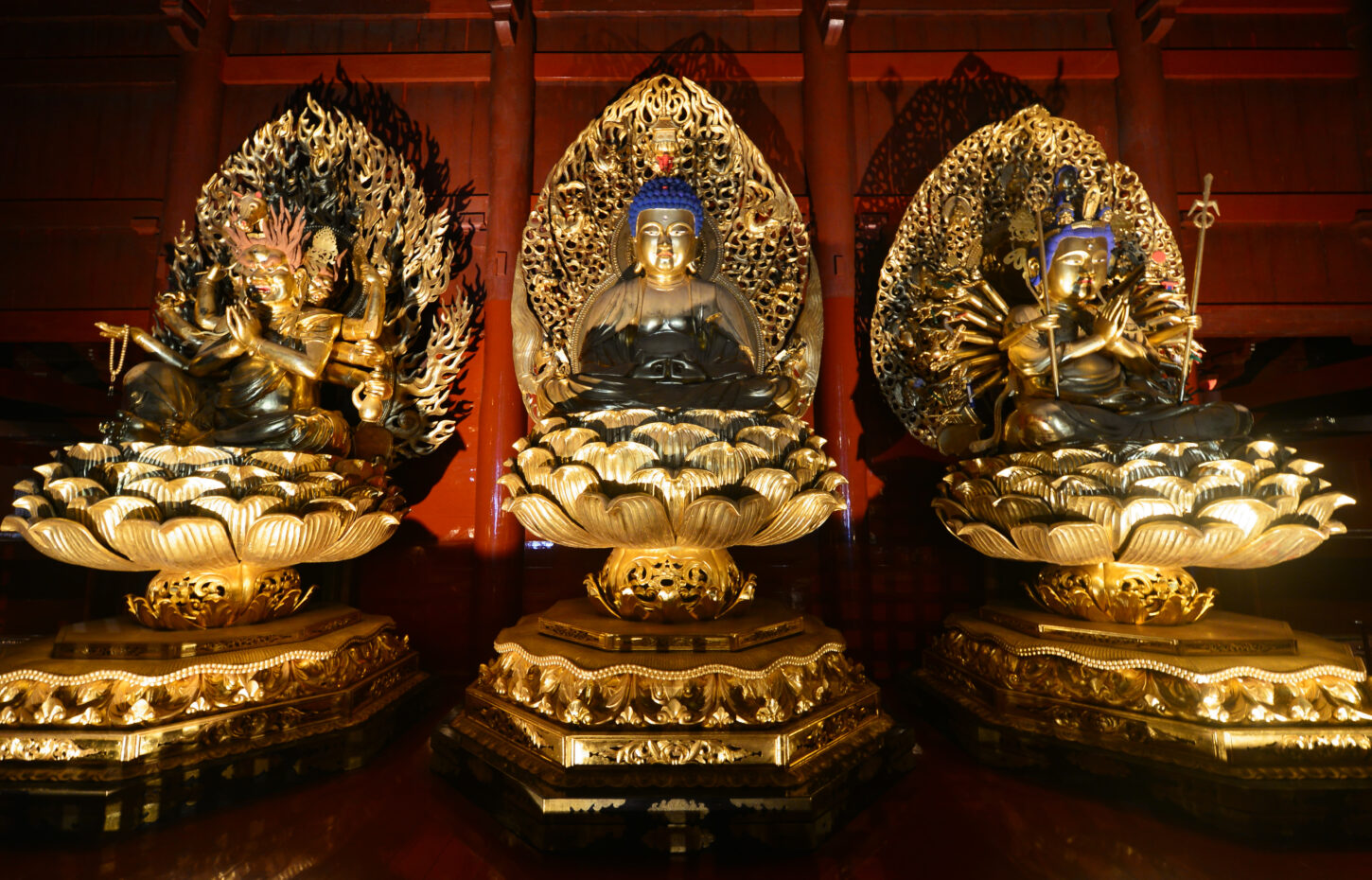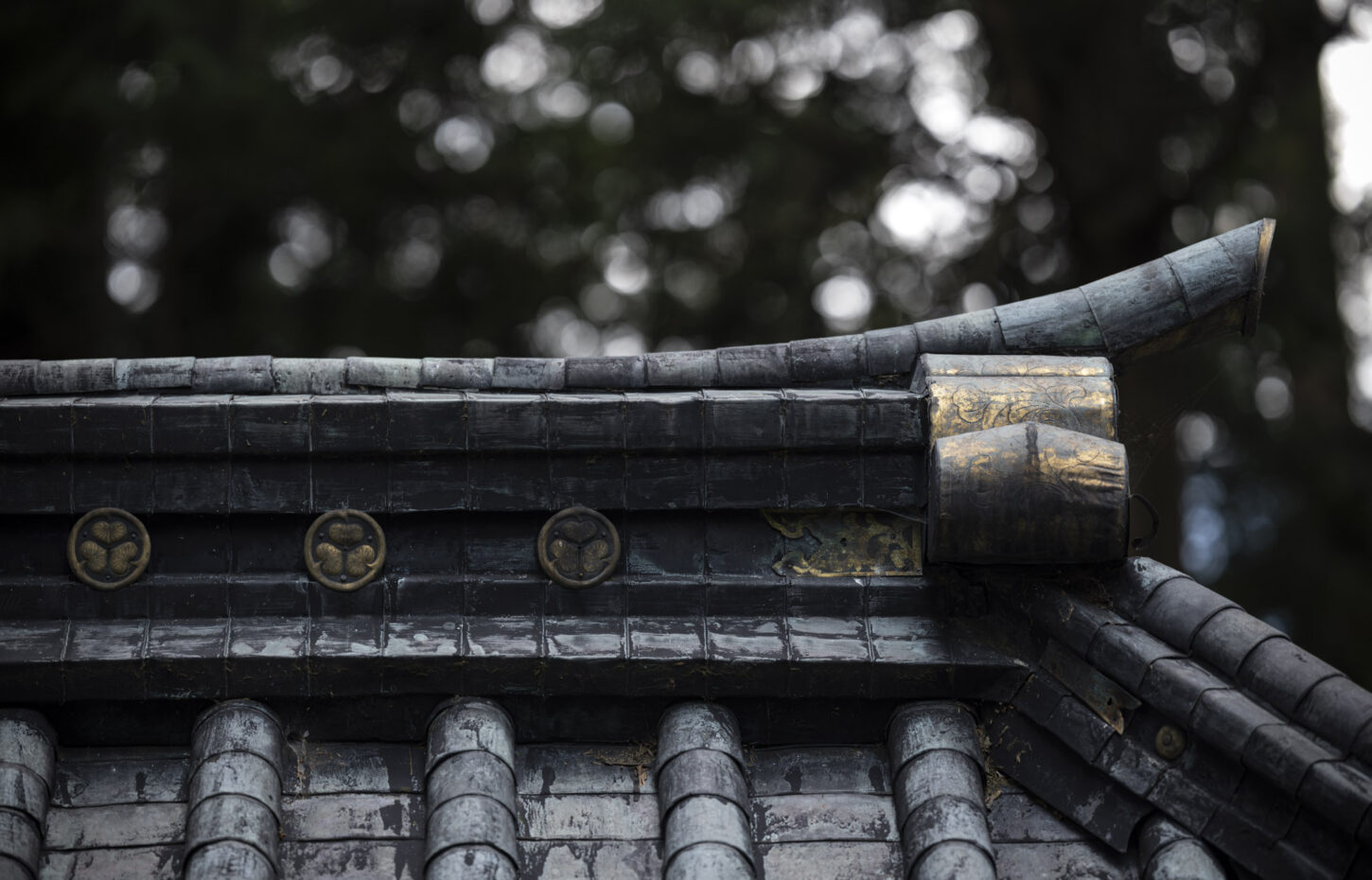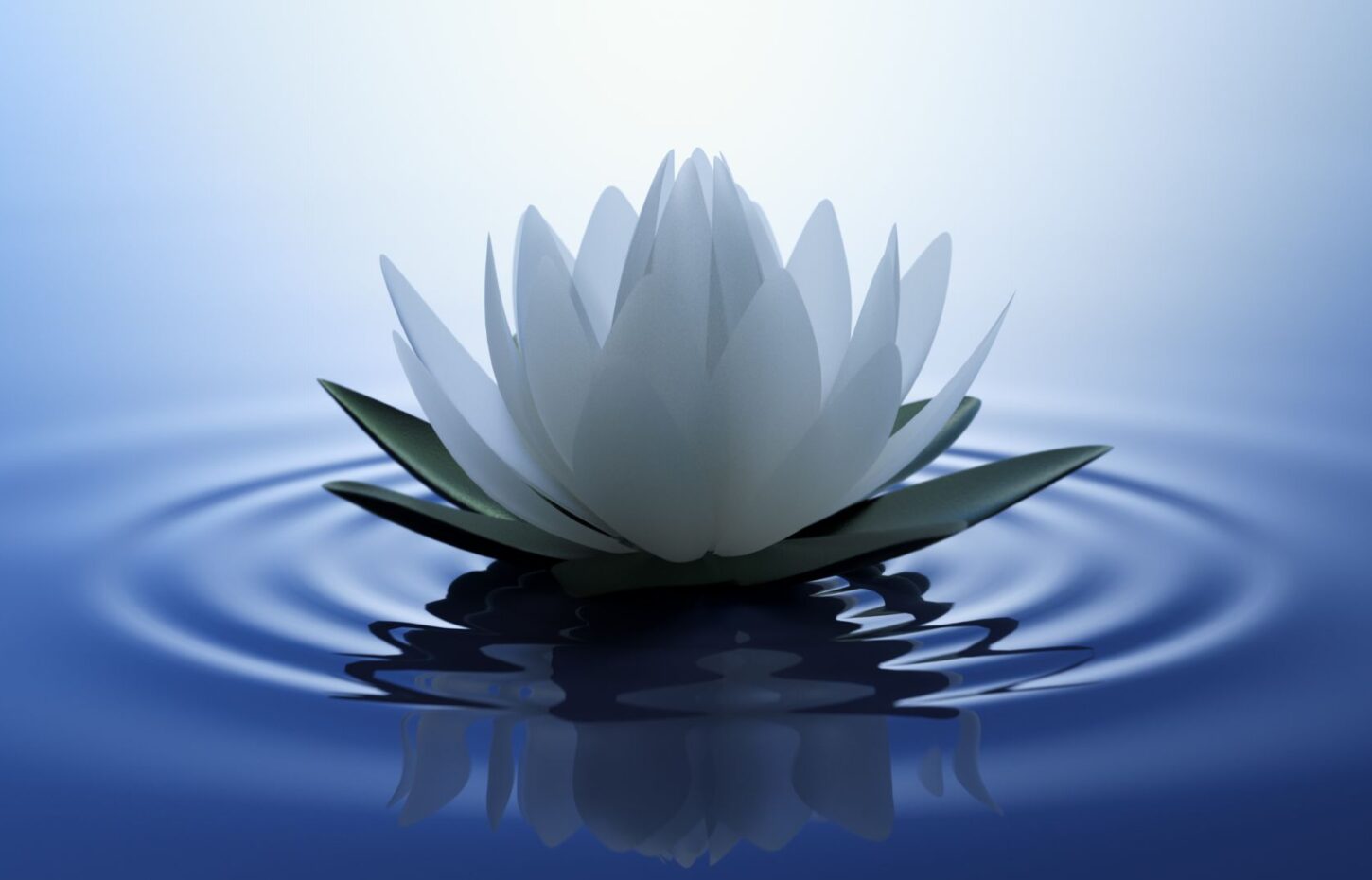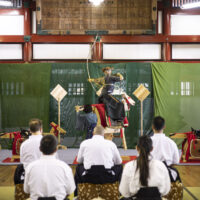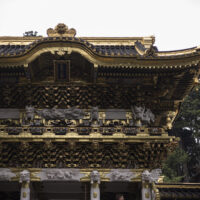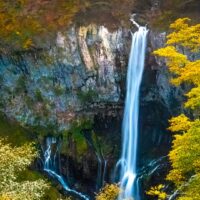Yagyū Shinkage-Ryū: Timeless Art of Japanese Swordsmanship

In the realm of Japanese martial arts, few disciplines possess the rich history,
intricate techniques, and profound philosophy that define Yagyū Shinkage-Ryū.
This venerable school of swordsmanship has captured the imaginations of martial
artists and enthusiasts for centuries.
Origins of Yagyū Shinkage-Ryū
The Yagyū Shinkage-Ryū can trace its roots back to the late 16th century in Japan.
Founded by Yagyū Munetoshi, a renowned swordsman and strategist, this martial
art was initially developed as a means to serve the Yagyū clan’s needs. Munetoshi’s
expertise in martial arts and his association with notable samurai like Tokugawa
Ieyasu contributed to the growth and prominence of Shinkage-Ryū.
Philosophy and Principles
At its core, Yagyū Shinkage-Ryū is more than just a martial art; it’s a way of life and
a philosophy that emphasizes harmony, discipline, and self-improvement. Key
principles include:
Muso (No Mind): The concept of “mushin” or “no mind” is fundamental.
Practitioners strive to act without hesitation or conscious thought, relying on their
training and intuition to react effectively in combat.
Sen (Initiative): Shinkage-Ryū places great importance on seizing the
initiative during a confrontation. Practitioners learn to control the flow of battle,
dictating the pace and direction of combat.
Ki (Energy): Understanding and channeling one’s inner energy, or “ki,” is
crucial. This enables practitioners to maximize the efficiency and effectiveness of
their movements.
Zanshin (Awareness): Maintaining heightened awareness, even after a
confrontation, is a key aspect of Shinkage-Ryū. This principle extends to life outside
of martial arts, fostering mindfulness and alertness.
Techniques and Training
Yagyū Shinkage-Ryū encompasses a wide range of sword techniques, both armed
and unarmed. Training involves:
Kenjutsu (Swordsmanship): The school’s sword techniques are both
elegant and deadly. They emphasize precision, speed, and control, with a focus on
both offensive and defensive maneuvers.
Iaido (Quick-Draw Sword Techniques): Practitioners learn to draw their
swords swiftly and effectively, often culminating in a single, decisive strike. Iaido
techniques are revered for their grace and practicality.
Battojutsu (Sword Drawing Techniques): This focuses on drawing the
sword and striking an opponent with a single, fluid motion. Precision and timing are
critical in Battojutsu.
Jujutsu (Unarmed Techniques): While primarily a sword art, Yagyū
Shinkage-Ryū includes techniques for unarmed combat, providing a well-rounded
martial education.
Legacy and Influence
Yagyū Shinkage-Ryū has left an indelible mark on the world of martial arts. Its
philosophy and techniques have influenced other traditional Japanese martial arts
and have even had an impact on modern practices like kendo. Numerous martial
artists and scholars have dedicated their lives to the study and preservation of
Shinkage-Ryū, ensuring its continued existence for future generations.
Yagyū Shinkage-Ryū is a living legacy of Japanese history and culture. Its
teachings, philosophy, and techniques continue to inspire practitioners around the
world, reminding us of the enduring power of discipline, mindfulness, and the
pursuit of excellence.

